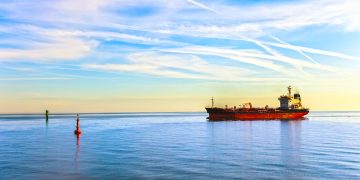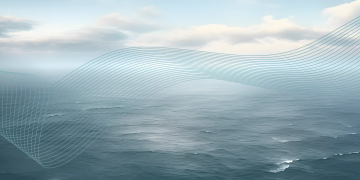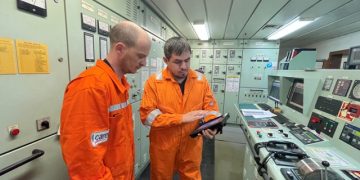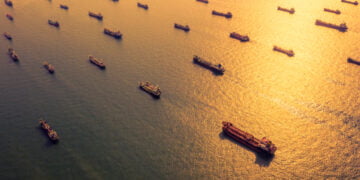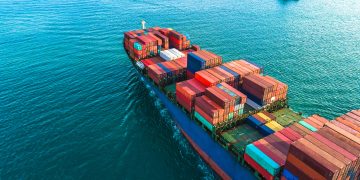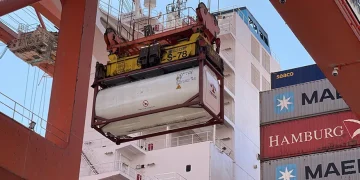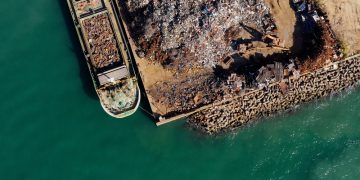Studying sea ice in the Fram Strait, a passage between Greenland and Svalbard that is the main gateway for Arctic sea ice into the open ocean, is not easy. In this area, not only does ice flow southward quickly – at the same time, warmer ocean waters melt and thin it from below, making it easier for waves to break the ice into smaller floes. This dynamic, unstable environment makes it hard for scientists to set camps on the sea ice and collect direct measurements. In turn, scarce field data means that remote measurements of sea ice in the Fram Strait have few sources of validation. Enter the collaboration between an expedition led by the Norwegian Polar Institute, called the Norwegian Young Sea Ice Cruise (N-ICE2015), and Operation IceBridge, NASA's biannual airborne survey of polar sea and land ice. The players: at sea, a Norwegian research vessel, the R/V Lance, locked into the sea ice pack, quickly drifting along with it. In the sky, NASA's C-130 aircraft, loaded with radar and laser instruments. The objective, which was accomplished during Operation IceBridge's March 19 inaugural flight of the 2015 Arctic campaign, was for the C-130 to overfly a survey field ...
Read more






